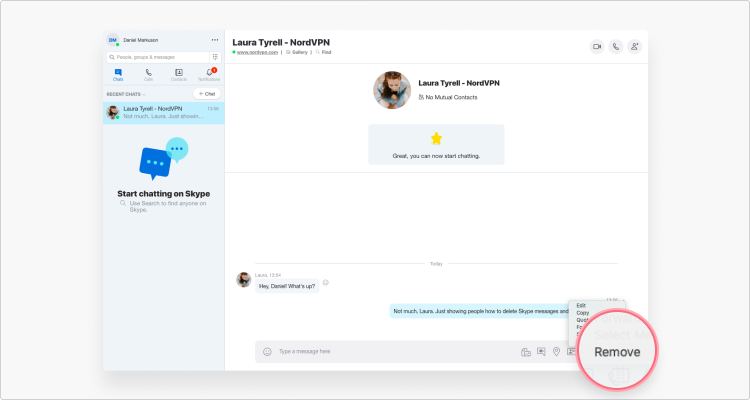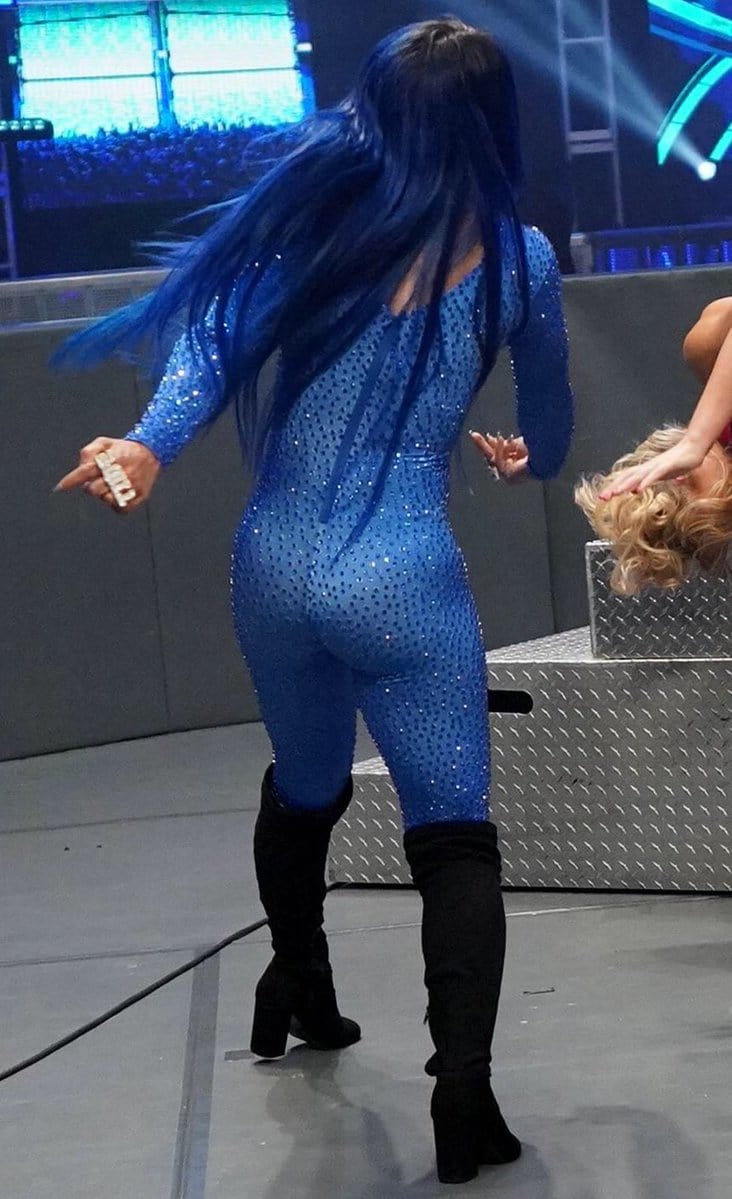


Set-UserPhoto does two things, it stores a copy of a very high resolution image (up to 648圆48 px) in the Exchange 2013 user’s mailbox. Now, what happens when we introduce Exchange 2013 and want to leverage it’s new hi-res images for Exchange 2013 and Lync 2013? Jeff Guillet, an Exchange Server MVP, has a great article on how to use the new Exchange 2013 cmdlet, Set-UserPhoto. However, if you set up a high quality image that fits under the thumbnailPhoto’s 100Kb size limit, user profile pictures within SharePoint look excellent! This is well documented elsewhere, so I won’t go into the process. This is done via setting up the Picture property within SharePoint’s User Profile Application. SharePoint can import user profile pictures from the thumbnailPhoto attribute in Active Directory as a JPEG.

If you enjoy using Google Classroom, you might also like Canvas and Blackboard Learn.User Profile Pictures, Exchange 2013, and SharePoint | You can even choose to use photos, avatars or other images that fit your needs and personality. It is so easy to change your picture from any Google product. Click on ‘Accept’ or ‘Done’ once you’ve decided on an image, and your new profile picture will be set.ĭepending on how your classroom is set up and restrictions placed by the administrator, you might not be able to change your profile picture, or banners on Google Classroom. Now you can decide whether you want to take a photo or choose from a photo or other images such as avatars from your device. There will also be a notification that this image will be used across all your Google profiles. Be aware that on iPad, iPhone and Mac, you will first need to click on ‘Account Settings’ before you can tap on ‘Update Photo.’ Step 5: Click on ‘Set Profile Photo’Ī dialog box will pop up to confirm that you want to set a profile photo. Step 4: Click on ‘Update Photo’Ĭlick on the ‘Update Photo’ option. In the drop-down list that appears, click on the ‘Settings’ option. Click on the three horizontal lines or ‘burger’ to open the menu.


 0 kommentar(er)
0 kommentar(er)
